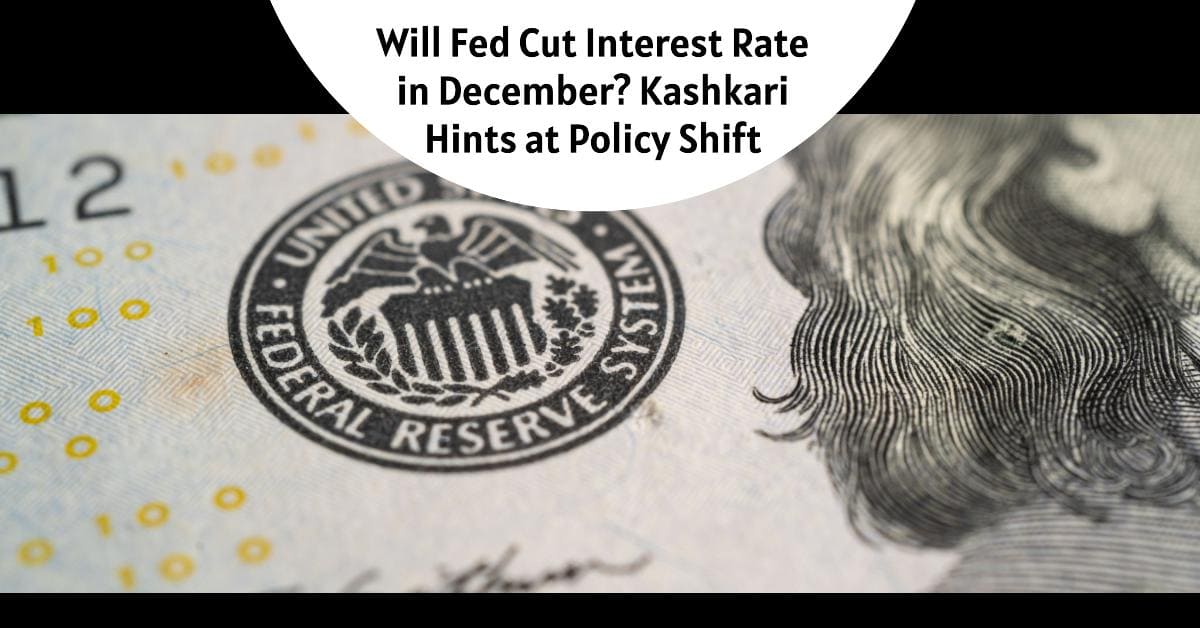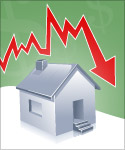Few steps in the elaborate dance of economic policy are observed with as much anticipation as those of the Federal Reserve interest rate decision. Put simply, the Federal Reserve rate is the mechanism by which the country's central bank attempts to straddle economic stability and enable the fostering of conditions under which sustainable growth can take place. Recently, Minneapolis Federal Reserve President Neel Kashkari made headlines by saying it's “reasonable” to predict a rate cut in December.
All this, of course, after a long period of aggressive rate hikes to calm inflation—a pet peeve for economies across the globe. The Federal Reserve has been walking a tightrope between slowing down the economy enough to rein in inflation and not slowing it down so much that it pushes the country into recession. A reduction in rates is not an easy decision to make, and the consequences can be very far-reaching in the economy, starting from changing consumer spending to business investment.
This is very typical of a cautious optimism in the comment of Kashkari. It seems to suggest that the Federal Reserve believes that whatever measures it has taken so far are bringing about the desired effect on inflation, and even a rate cut—something mainly done to spur economic activity—might be on the anvil if the data continues to go this way. In other words, this signals from the Federal Reserve that it is ready to pivot policy from one of preventing overheating to one of encouraging growth, should the economic indicators indeed support such a shift.
The decision to cut rates, then, will come based on economic data, such as inflation, signs of labor market strength, and indications that the economy's growth momentum is waning. It is based on data that the Federal Reserve has consistently said will be indicative enough before policy changes. Kashkari described it as wanting to see more evidence of an inflation pullback toward the Fed's 2% target before committing to a rate cut.
The implications of a rate cut are significant. For consumers, it could mean lower borrowing costs, making everything from mortgages to car loans more affordable. For businesses, it could reduce the cost of financing, encouraging investment and potentially leading to job creation. However, the timing and magnitude of these effects are uncertain, and the Federal Reserve must weigh these potential benefits against the risk of reigniting inflation.
Kashkari further highlights that the Federal Reserve has a much larger mandate supporting the housing market and home ownership. The Federal Reserve does not only focus on achieving reduced inflation levels to a specific target, but by this very action, the institution hopes to create an environment whereby the supply side of the economy will take over to build homes for Americans. This in effect, will support more sustainable and affordable home ownership.
Looking at the year's close, all eyes will focus on the Federal Reserve and its rate decision. A rate cut in December would highlight a dramatic change in policy and likely—though that is a subjective word these days—herald the beginning of a new phase in economic recovery post-pandemic. Such is a reminder of how monetary policy and financial health are intertwined and what careful calibration means to move within these waters.
For a student of economic policy or an interested person who appreciates how the Federal Reserve assists in creating an entire financial landscape, this possible December rate cut is rather interesting, offering insight into the entire decision-making process at play.
ALSO READ:
- Predictions: Can Porting Your Mortgage Get You a Lower Interest Rate?
- Mortgage Rate Predictions: Can Assumable Mortgages Offer Hope in 2024?
- High Interest Rates Predicted But is Zero Down Payment Possible?
- Interest Rate Predictions for Next 2 Years: Expert Forecast
- Interest Rates Predictions for 5 Years: Where Are Rates Headed?
- Mortgage Rate Predictions for Next 5 Years
- Mortgage Rate Predictions for the Next 2 Years
- Mortgage Rate Predictions for Next 3 Years: Double Digit Rise



